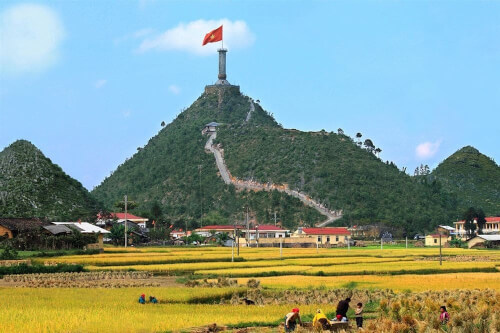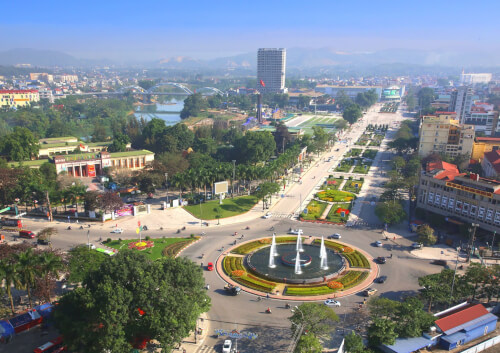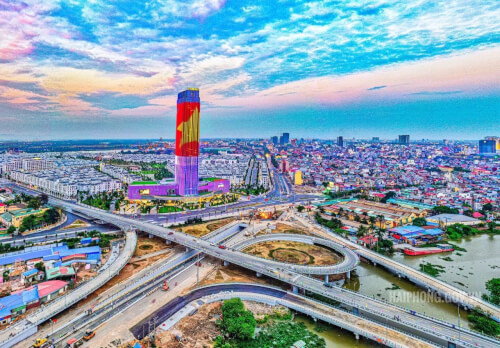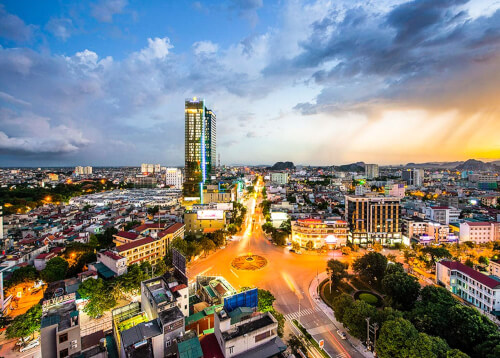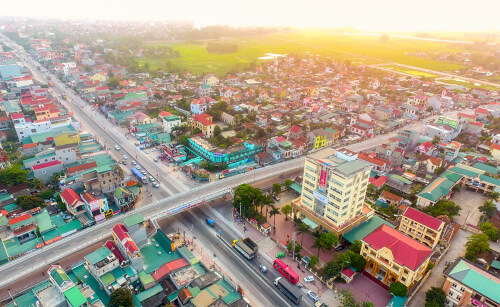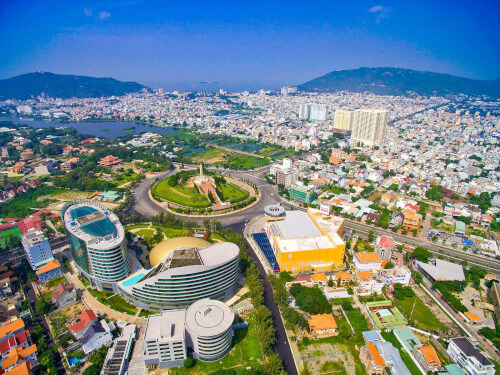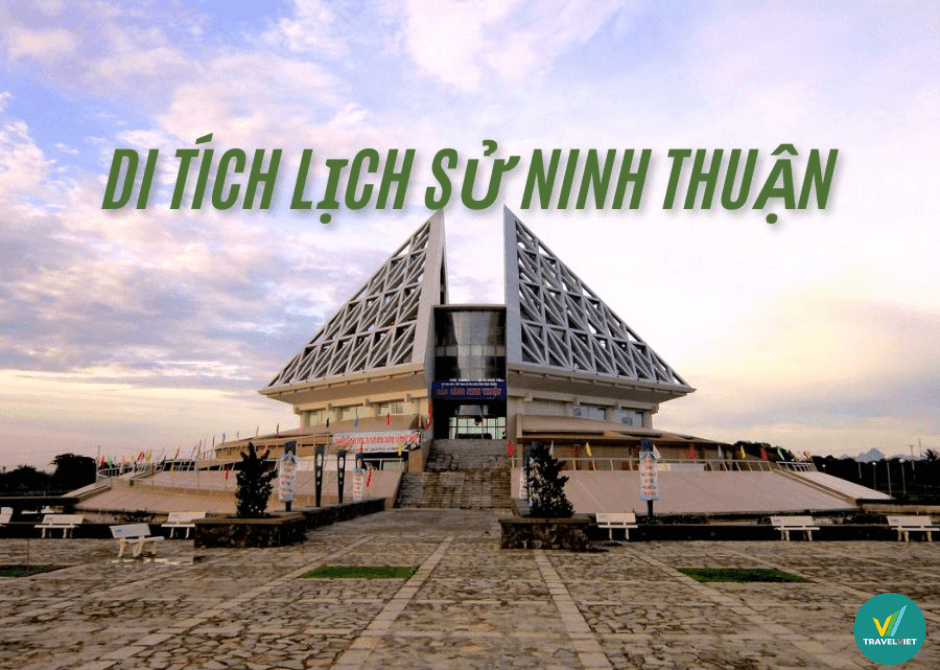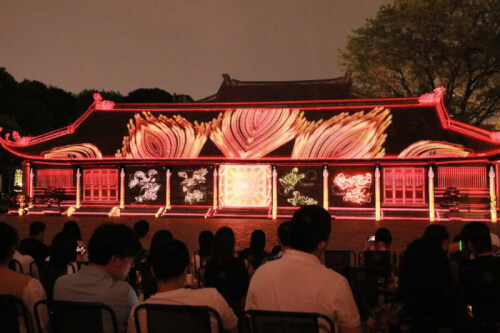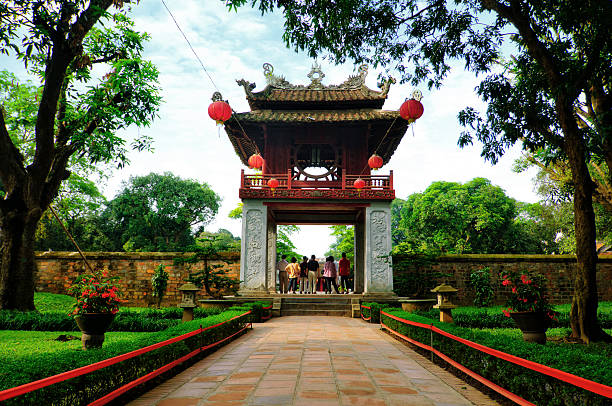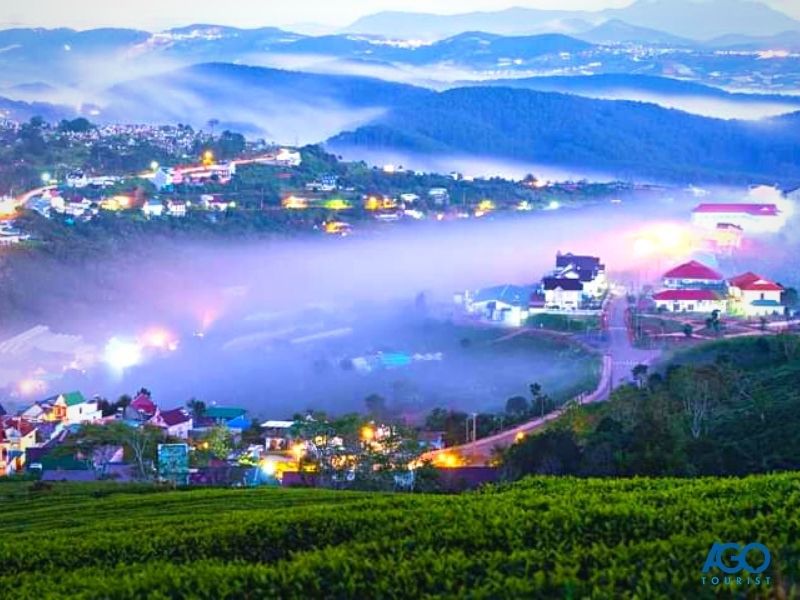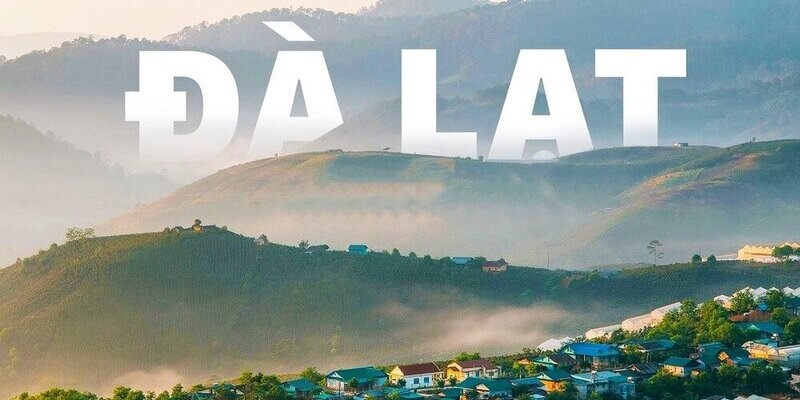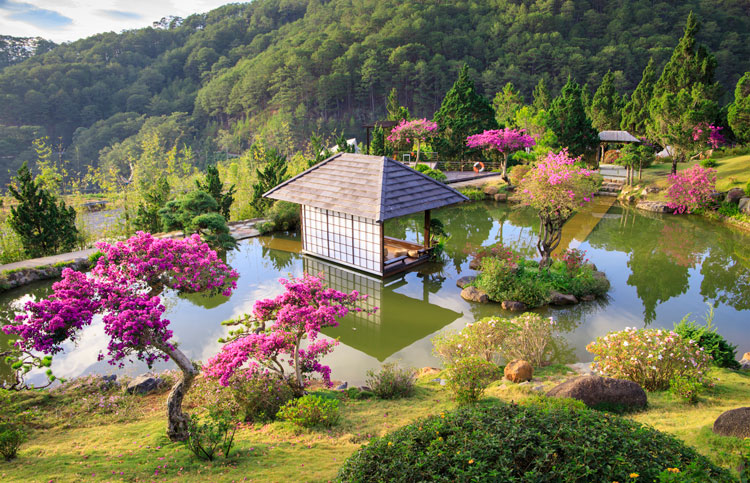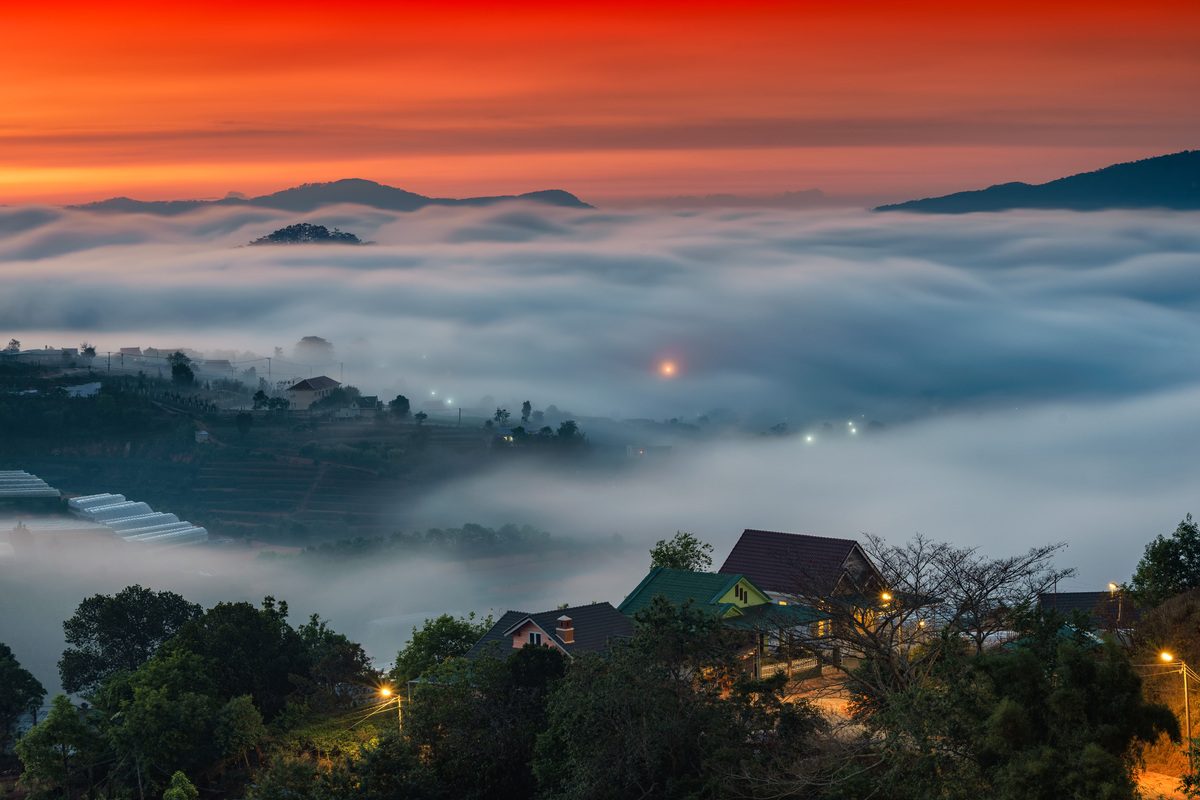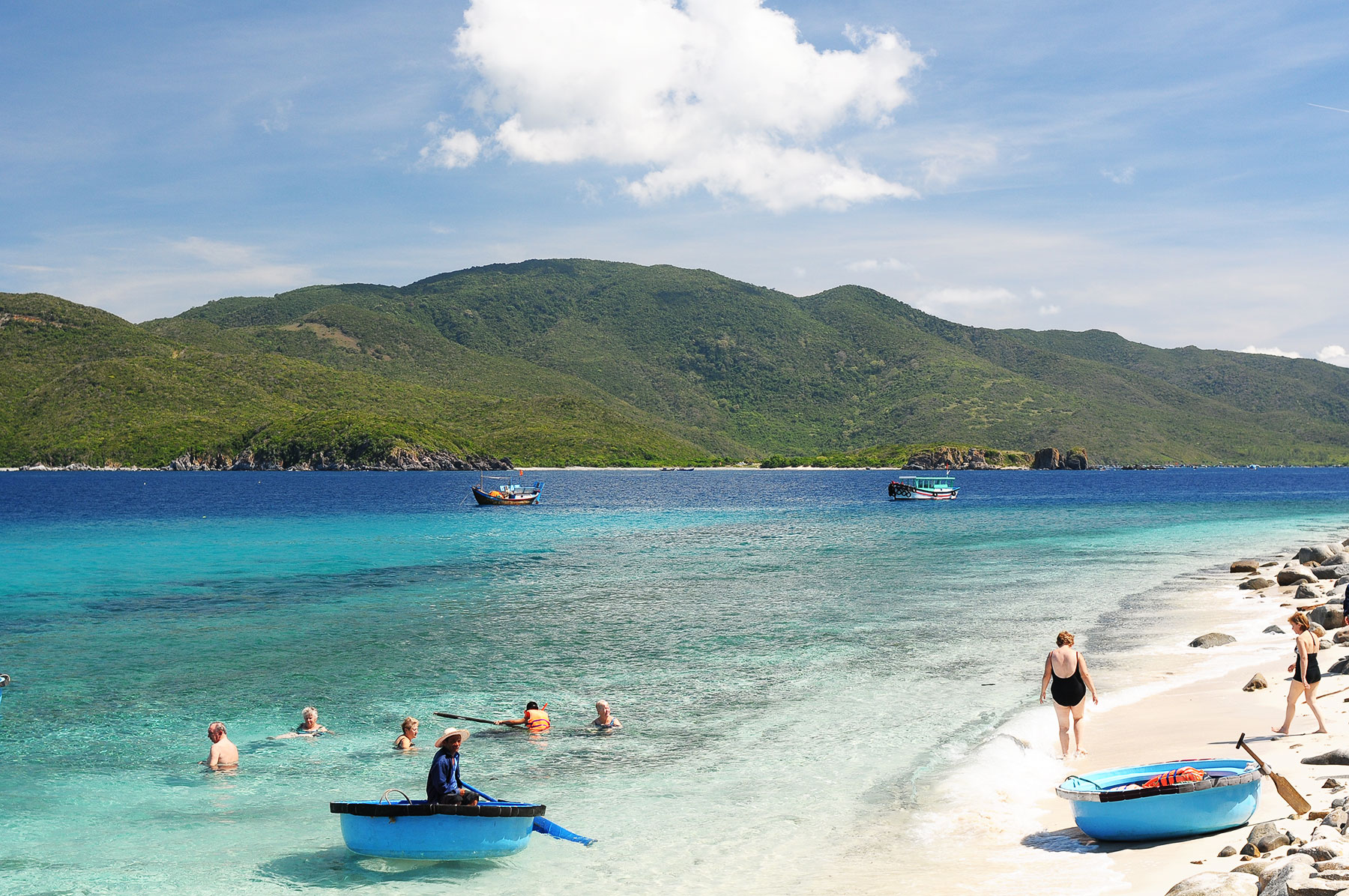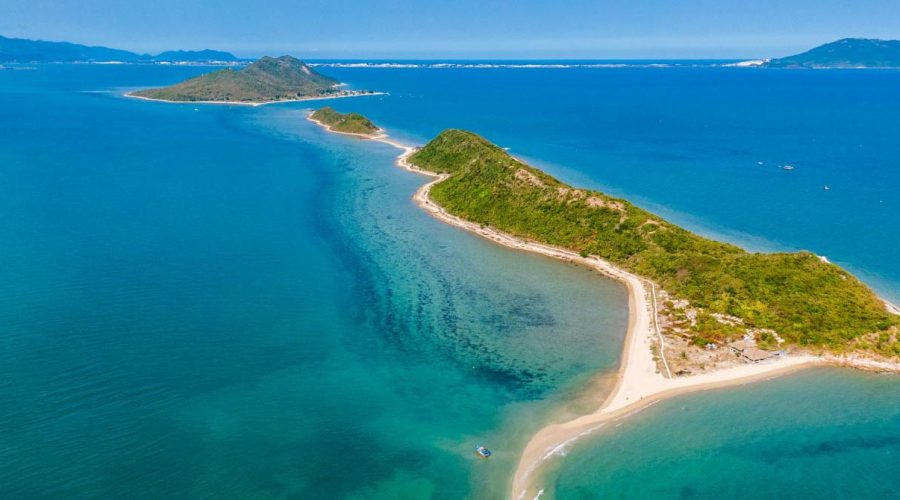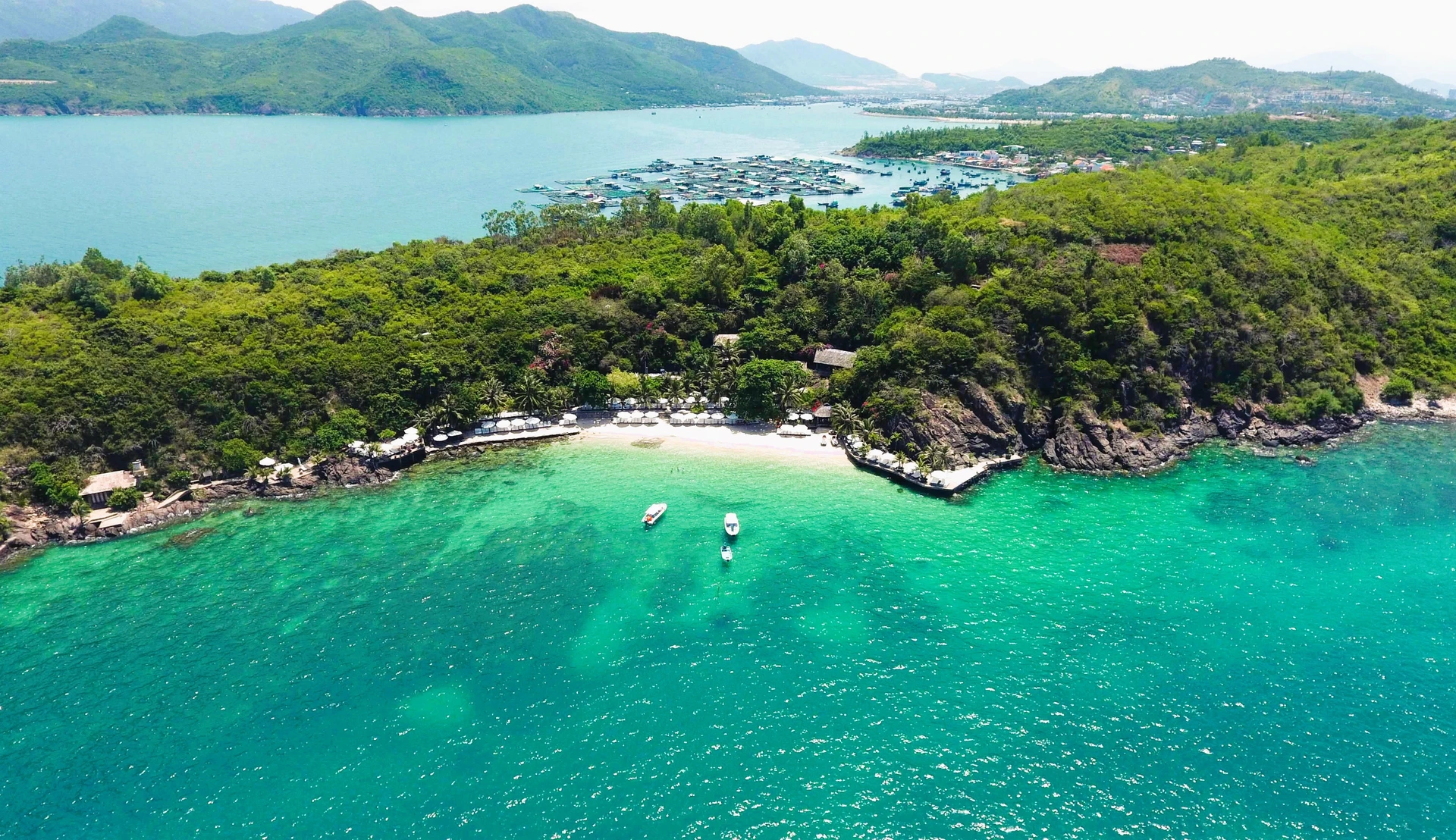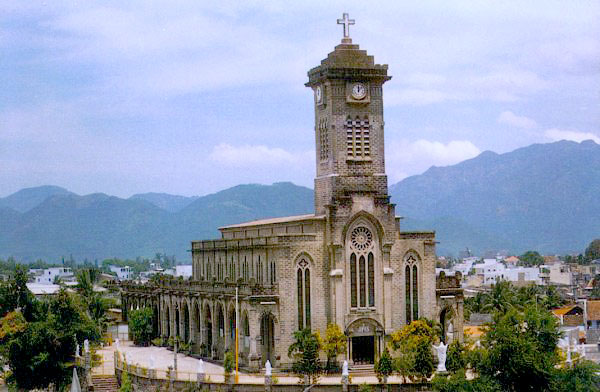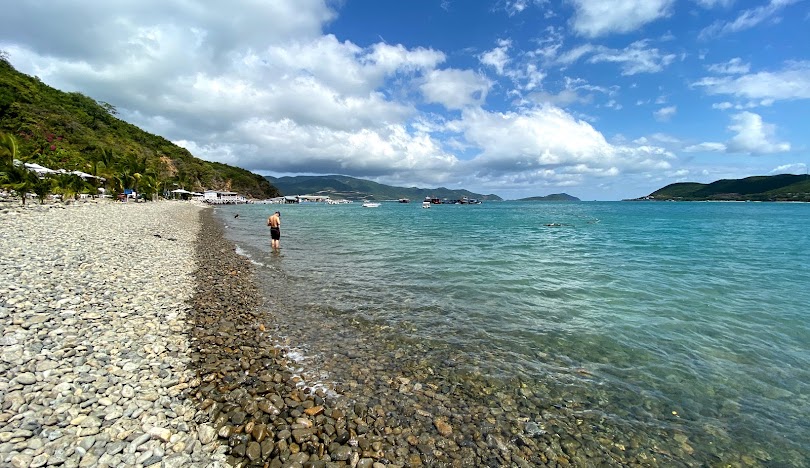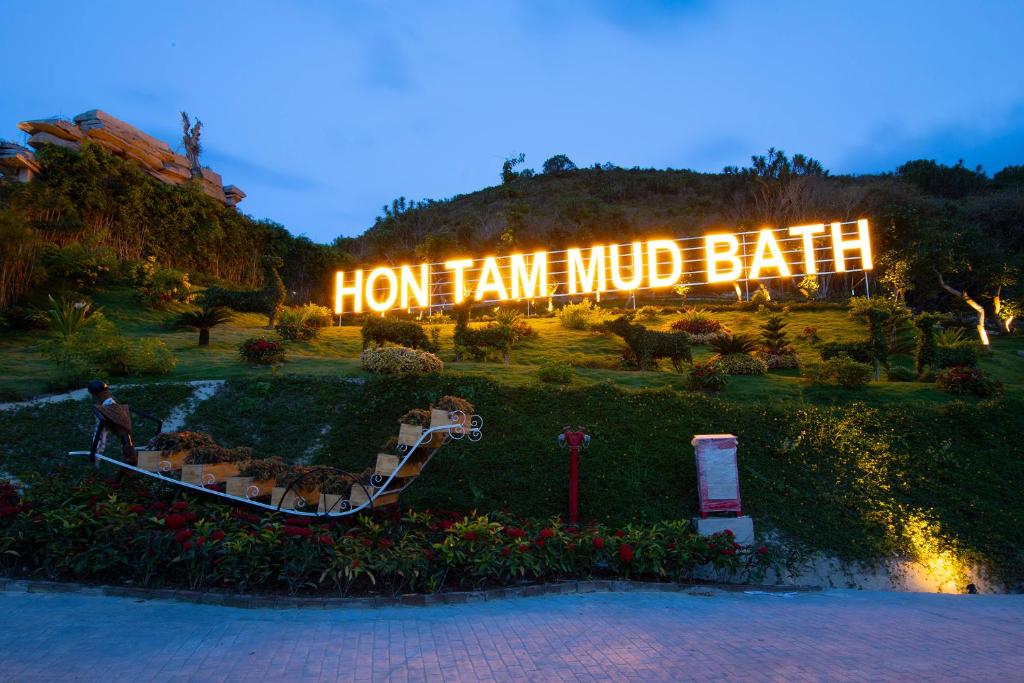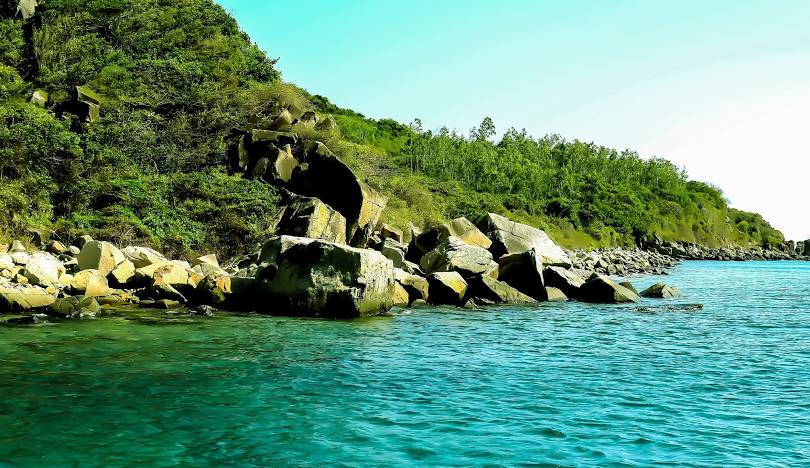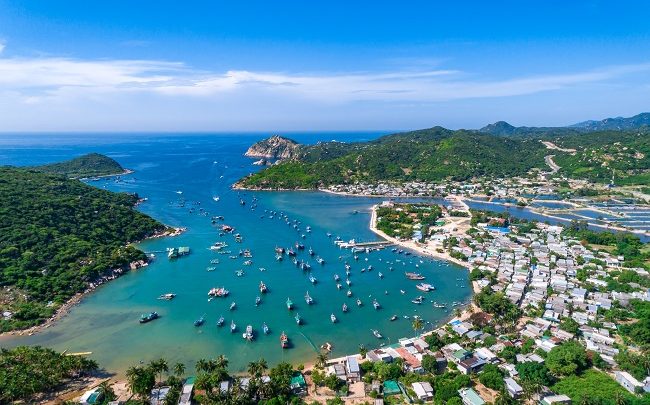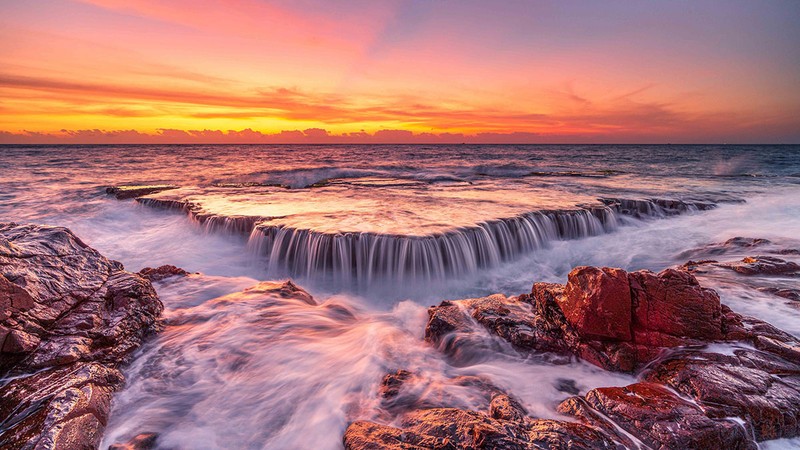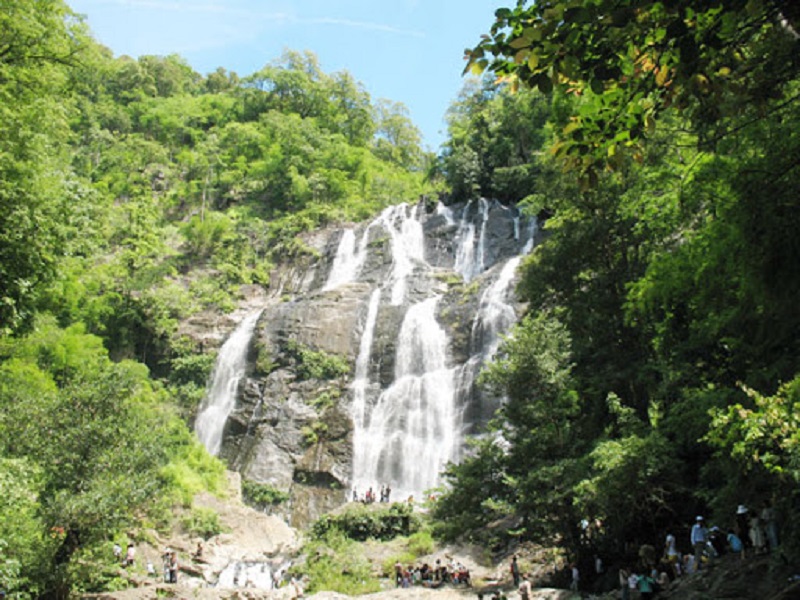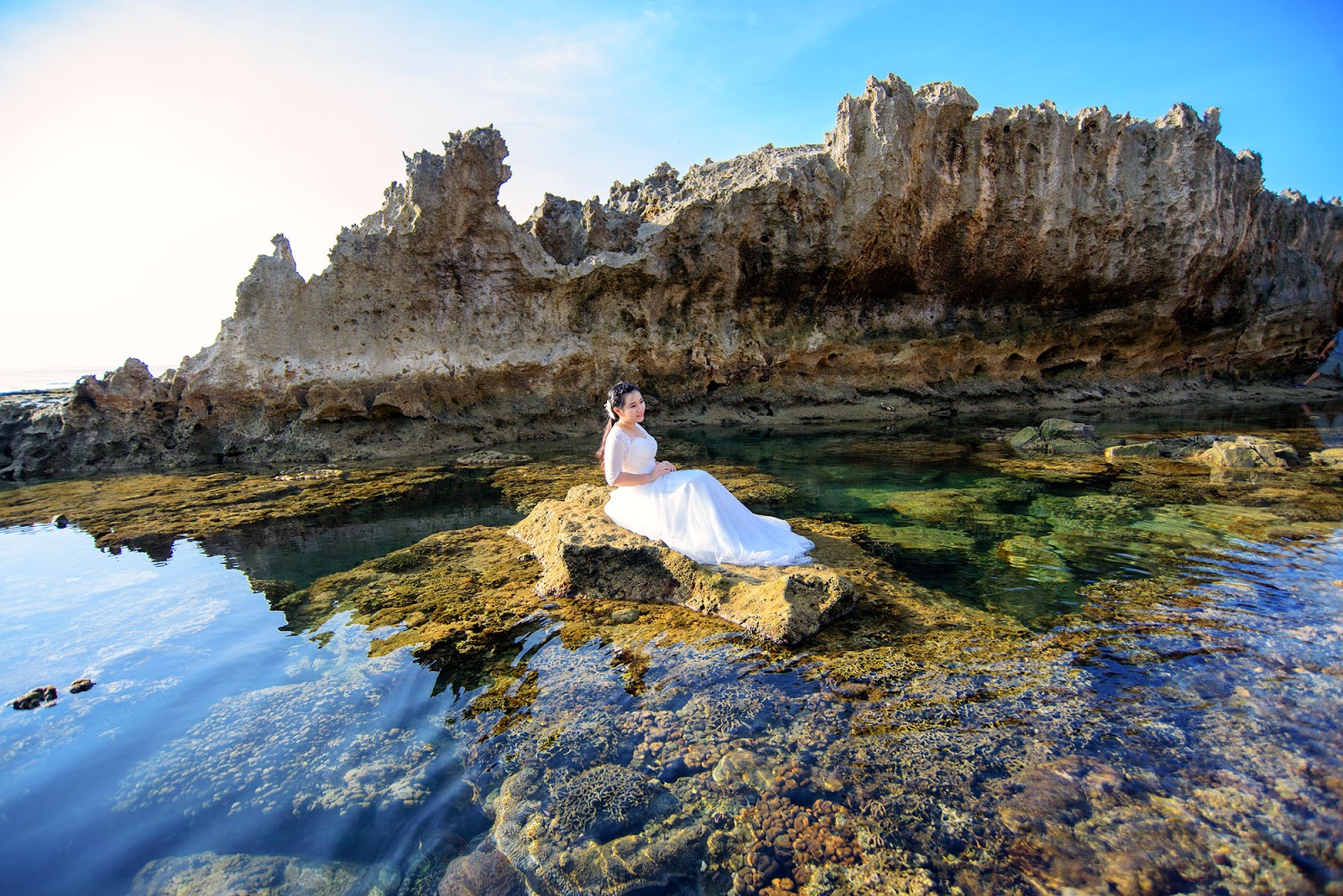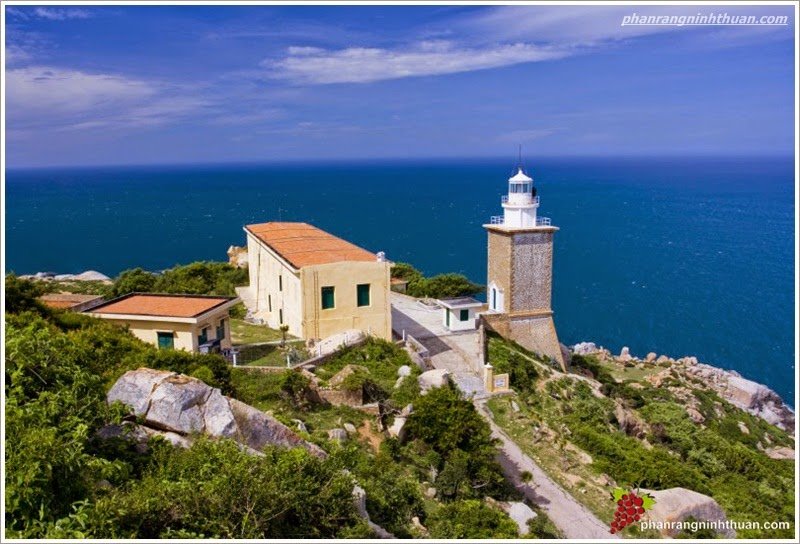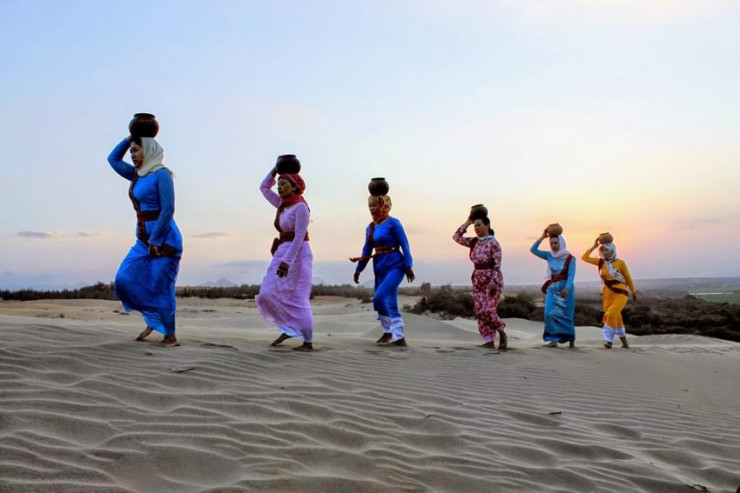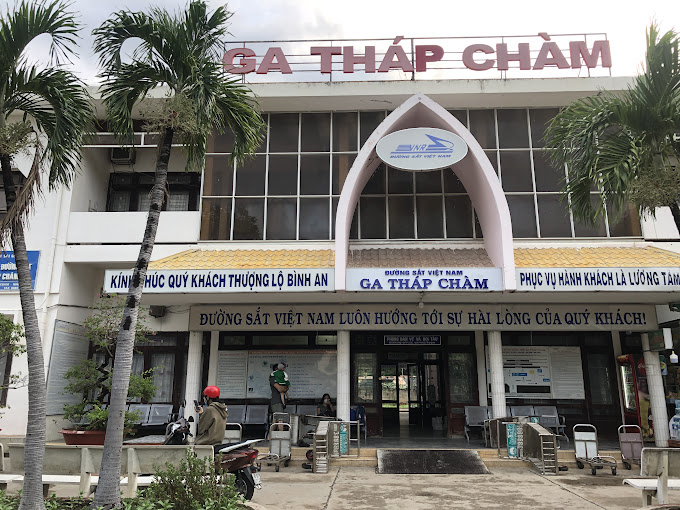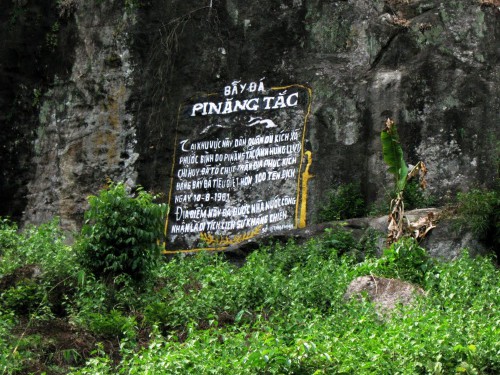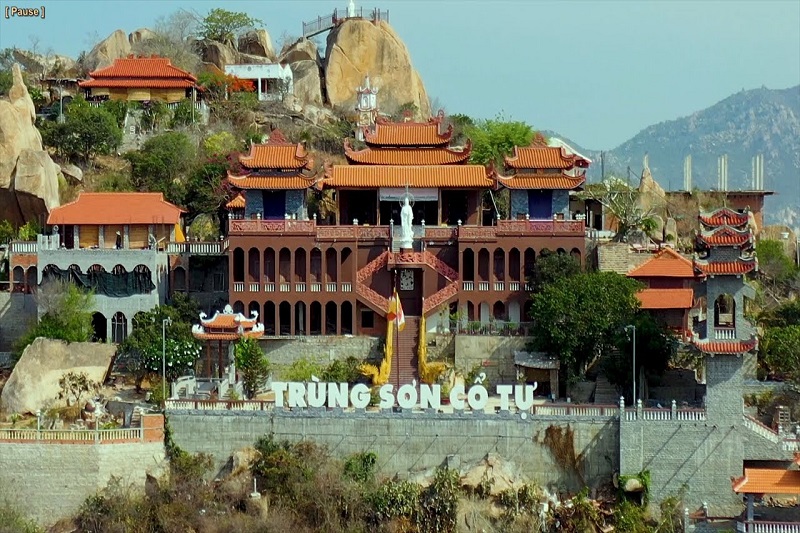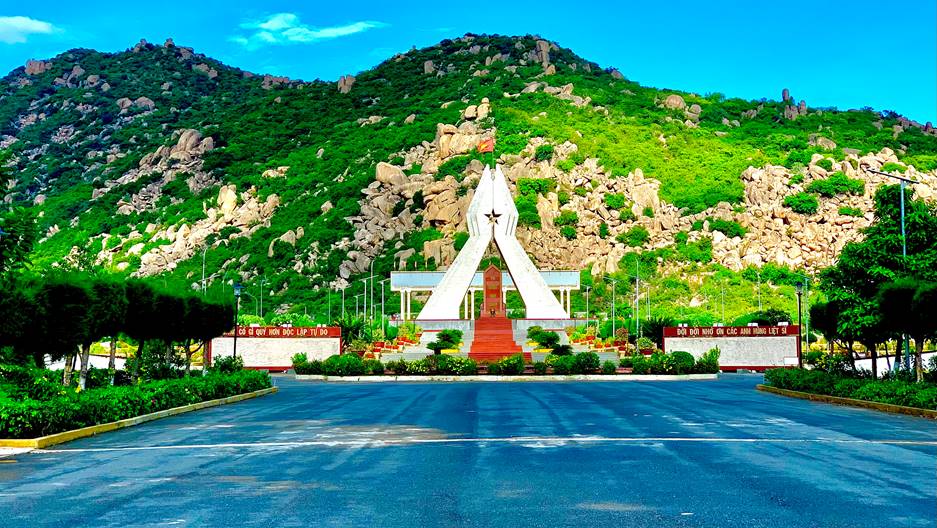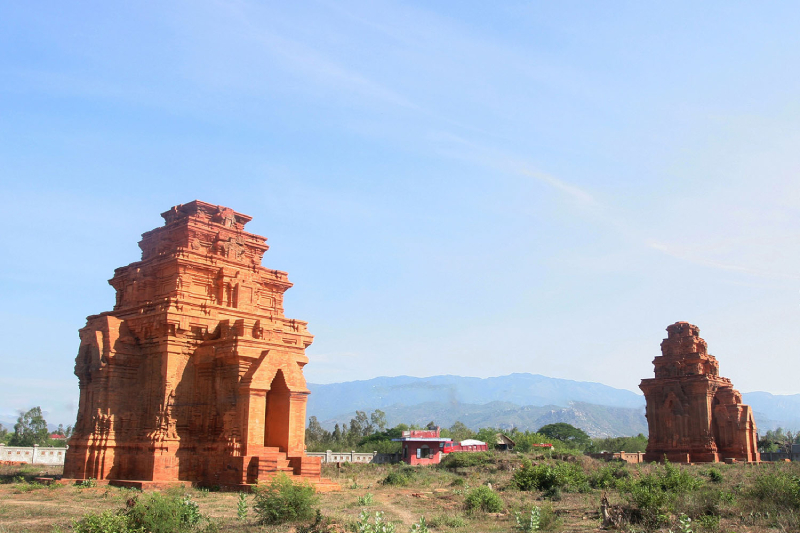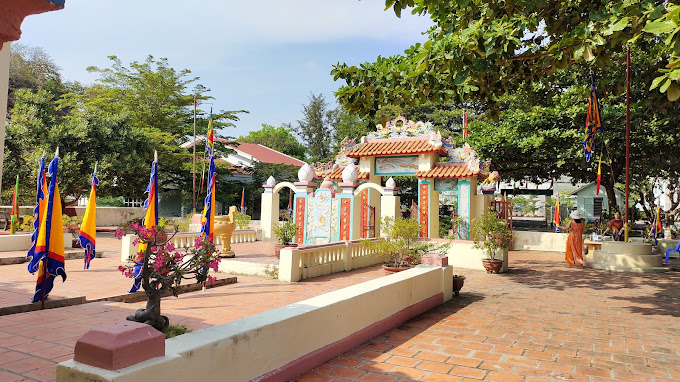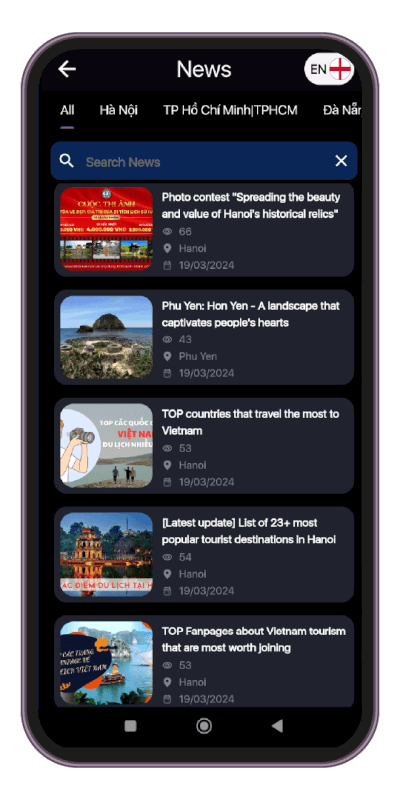Ninh Thuan not only stands out with its beautiful natural landscape but is also a land rich in historical tradition with many important cultural relics. Historical relics in Ninh Thuan are not only vivid evidence of a heroic period of the nation but also a destination that attracts tourists who love to learn about the past and local culture.
Ninh Thuan is a land of intersection between pristine nature and bold historical marks, and is home to many precious relics that reflect the beauty and resilience of the nation. Historical sites in Ninh Thuan are not only wonderful architectural works, but also living evidence of a legendary past. Let's explore these famous relics with 63Stravel!
Top 13 famous historical sites in Ninh Thuan that you should explore once
Some historical relics in Ninh Thuan below will help you have a special discovery trip.
1. Tan Loc Communal House
Address: Quarter 4, Tan Tai Ward, Phan Rang - Thap Cham City, Ninh Thuan Province
Tan Loc communal house is located in Tan Tai ward, near the center of Phan Rang - Thap Cham city, and is one of the notable historical relics in Ninh Thuan. Initially, the communal house was a simple thatched roof and bamboo walls at the end of the village. In 1853, the communal house was moved to the beginning of the village and underwent many restorations to become as spacious as it is today.
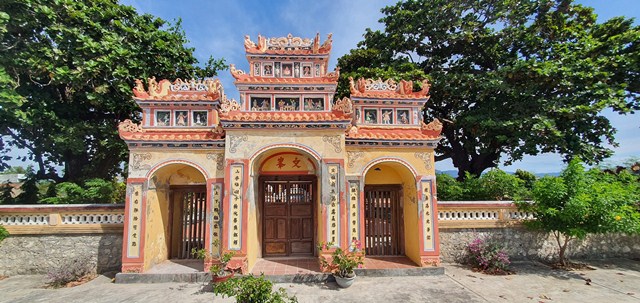
Tan Loc communal house relic in Ninh Thuan
The communal house worships the Thanh Hoang God, Thien Y A Na and Chief Eunuch Bach Ma, and has been well cared for by the people for many generations. Every year, Dinh organizes major festivals such as the grand festival in February and the middle festival in the 8th lunar month, attracting a large number of tourists. This work has unique architecture with many items such as the ceremonial gate, main hall, Kieu house and shrines, with great historical and artistic value.
2. Trung Son Co Tu
Address: Truong Chinh street, Khanh Hai town, Van Hai commune, Ninh Hai district, Ninh Thuan province.
Trung Son Co Tu is one of the historical relics in Ninh Thuan, located on Da Chong Mountain, next to Truc Lam Vien Ngo Zen Monastery. The pagoda stands out with its unique architecture, blending tradition and modernity. Built by Venerable Thich Buu Hien in 1973, initially it was just a small simple temple, this place has been opened many times. expanded and remodeled to become an attractive spiritual destination.
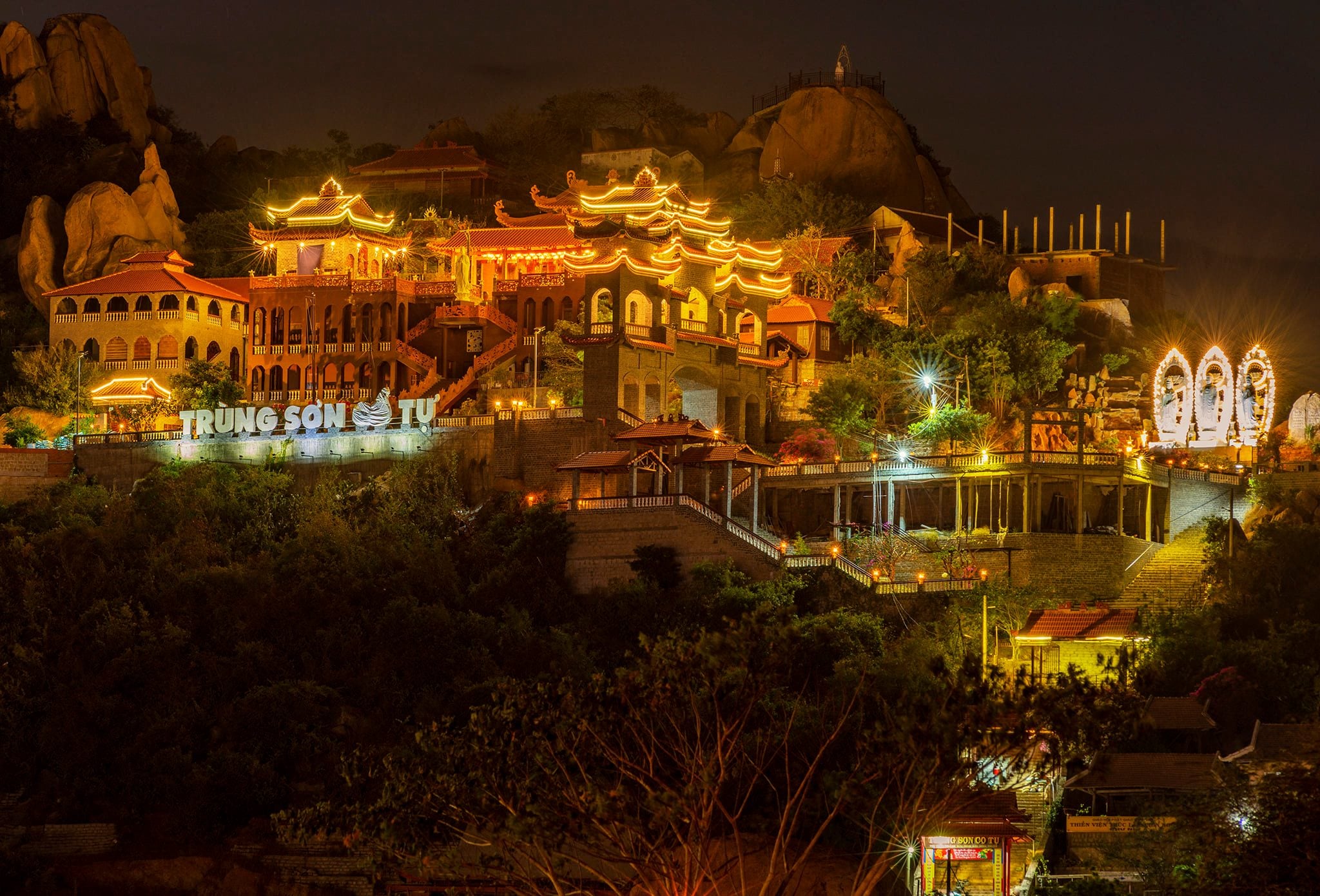
Impressed by the architecture of Trung Son Co Tu - famous pagoda of Ninh Thuan
Trung Son Co Tu has a strong Northern style, with a majestic main hall and harmonious miniature landscapes. Tourists visit not only to admire but also enjoy the majestic natural scenery from the top of the mountain.
3. Thap Cham Train Depot Relics
Address: Do Vinh ward, Phan Rang - Thap Cham city, Ninh Thuan province
Thap Cham Station is part of the North-South Thong Nhat railway, located right in the center of Phan Rang - Thap Cham city. The station is not only an important transit point but also a famous tourist destination. With ancient French architecture, the station evokes the nostalgic beauty of the early 20th century.
From here, visitors can easily explore famous landmarks such as Ninh Chu beach, Po Klong Garai tower or Cham Farm tower. In addition, the station also has a small gallery that preserves precious artifacts, such as wooden carriages and train depot relics. This is the ideal destination for those who love history and architecture.
4. Po Rome Temple Tower
Address: Located on a hill in Hau Sanh village, Phuoc Huu commune, Ninh Phuoc district, Ninh Thuan.
Po Rome Temple Tower is a unique, almost intact brick architectural work of the Cham people in the ancient Panduranga region. Located 15km south of Phan Rang - Thap Cham city center, it is also 7km from Ninh Phuoc district and 6km from National Highway 1A to the west. The work marks the golden age of the Champa dynasty, especially the last independent king - Po Rome.
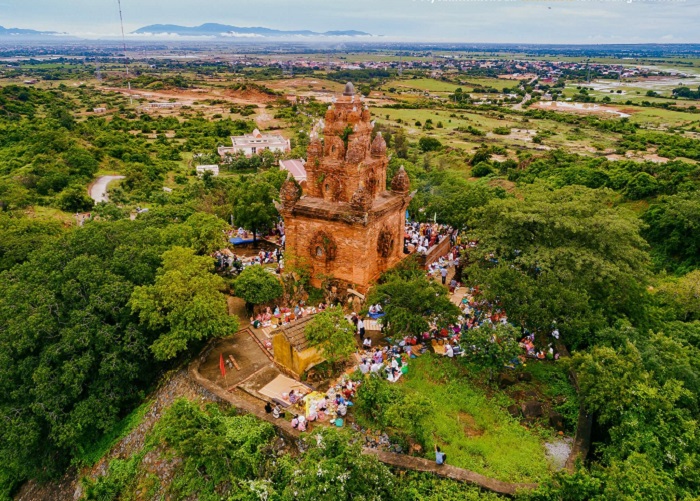
Po Rome Tower - the youngest pagoda architecture of the Cham people in Ninh Thuan
In 1992, Po Rome Temple Tower was recognized as a national historical site. Every year, this place becomes a place for cultural and spiritual activities and organizes traditional festivals of the Cham people. The relic area includes the Main Tower, Secondary Tower and a small shrine, with the highlight being the 8m high Main Tower, facing East. The tower's architecture has an ancient and sophisticated beauty with a statue of Siva, a flame-shaped stone block and an area to worship King Po Rome and Queen Po Bia Sancan.
The auxiliary tower worships Queen Pra Sucih and is the burial place of King Po Rome. Coming here, you will admire the ancient red bricks and listen to thrilling legends about the Champa dynasty. Don't forget to bring your camera to capture beautiful moments at this unique historical building!
5. Nam Ba Temple
Address: Bao An ward, Phan Rang - Thap Cham city, Ninh Thuan province.
Nam Ba Temple is recognized as a Provincial Historical Monument. This is an important religious site, both carrying spiritual cultural value and associated with revolutionary and resistance movements in Ninh Thuan.
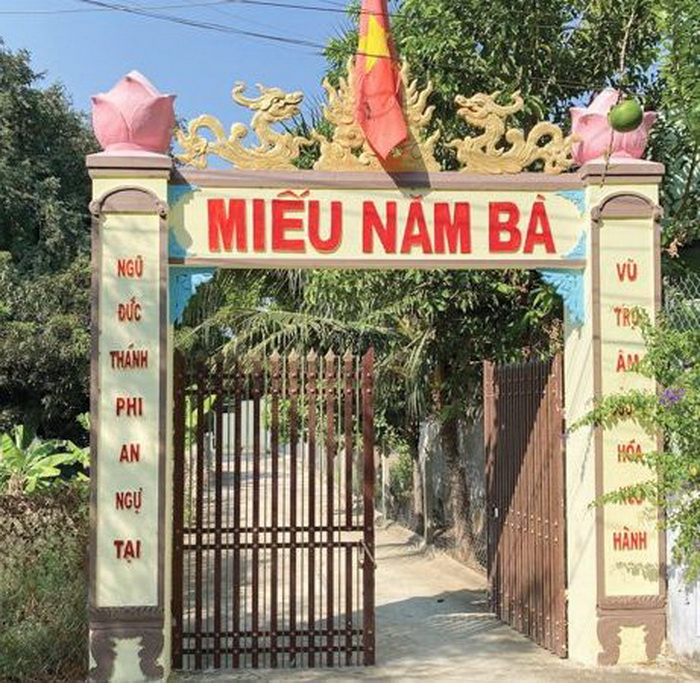
Nam Ba Temple in Ninh Thuan
During the August Revolution of 1945, the Temple was a secret meeting place for the Viet Minh government and a place to hide revolutionary cadres. During the resistance war against the US, propaganda activities took place here, launching patriotic movements and sending off local youth to join the army. After the day of peace, the Temple became a place to organize community cultural and religious events.
Every year, the Provincial Youth Union organizes traditional activities at the Temple, helping young people understand more about the uprising to seize power in Ninh Thuan and arouse patriotism. The classification of Nam Ba Temple as a historical site not only preserves cultural values but also protects the rights of the heritage practicing community here.
>> Reference: What should I buy as a gift when traveling to Ninh Thuan?
6. Hoa Lai Tower Relics
Address: Ba Thap village, Bac Phong commune, Thuan Bac district, Ninh Thuan province
Hoa Lai Tower (also known as Three Thaps) is one of the most ancient and artistic architectural works of the ancient Champa kingdom in the Panduranga region. Hoa Lai Tower was built in the 9th century, with a unique Hoa Lai architectural style with arched doors, octagonal wall pillars and characteristic curved leaf motifs.
This tower cluster includes three main buildings: North Tower, Middle Tower and South Tower, of which only the Middle Tower remains due to destruction in the 19th century. The remaining towers are built of fired bricks, featuring sophisticated patterns such as birds, animals, and leaf and flower motifs carved on the walls.
The North Tower has a main door facing East, the remaining three directions are fake doors, and inside the tower there are boxes with lights for ceremonies. The South Tower is the tallest, with a massive cube design, supporting a system of small floors above. After more than 1,000 years, the tower still retains its magnificent, ancient beauty and timeless artistic values of Champa culture.
Hoa Lai Tower is not only a national historical relic (recognized in 1997) but also a destination that attracts tourists who love to explore ancient culture and art. This place is also an ideal check-in location with ancient and poetic scenery, captivating many photographers and young tourists. If you love vintage photos, don't forget to bring appropriate clothing to capture impressive moments at Hoa Lai Tower.
7. Dac Nhon communal house
Address: Dac Nhon village, Nhon Son commune, Ninh Son district, Ninh Thuan.
Dac Nhon communal house is a Vietnamese village communal house but especially worships the famous Champa king Po Klong Garai. The communal house was built in the 18th century, initially it was just a small temple named "Dac Nhon Tu Mieu". After many renovations and embellishments, the communal house still retains its original architectural features, expressing its unique beauty and historical value.
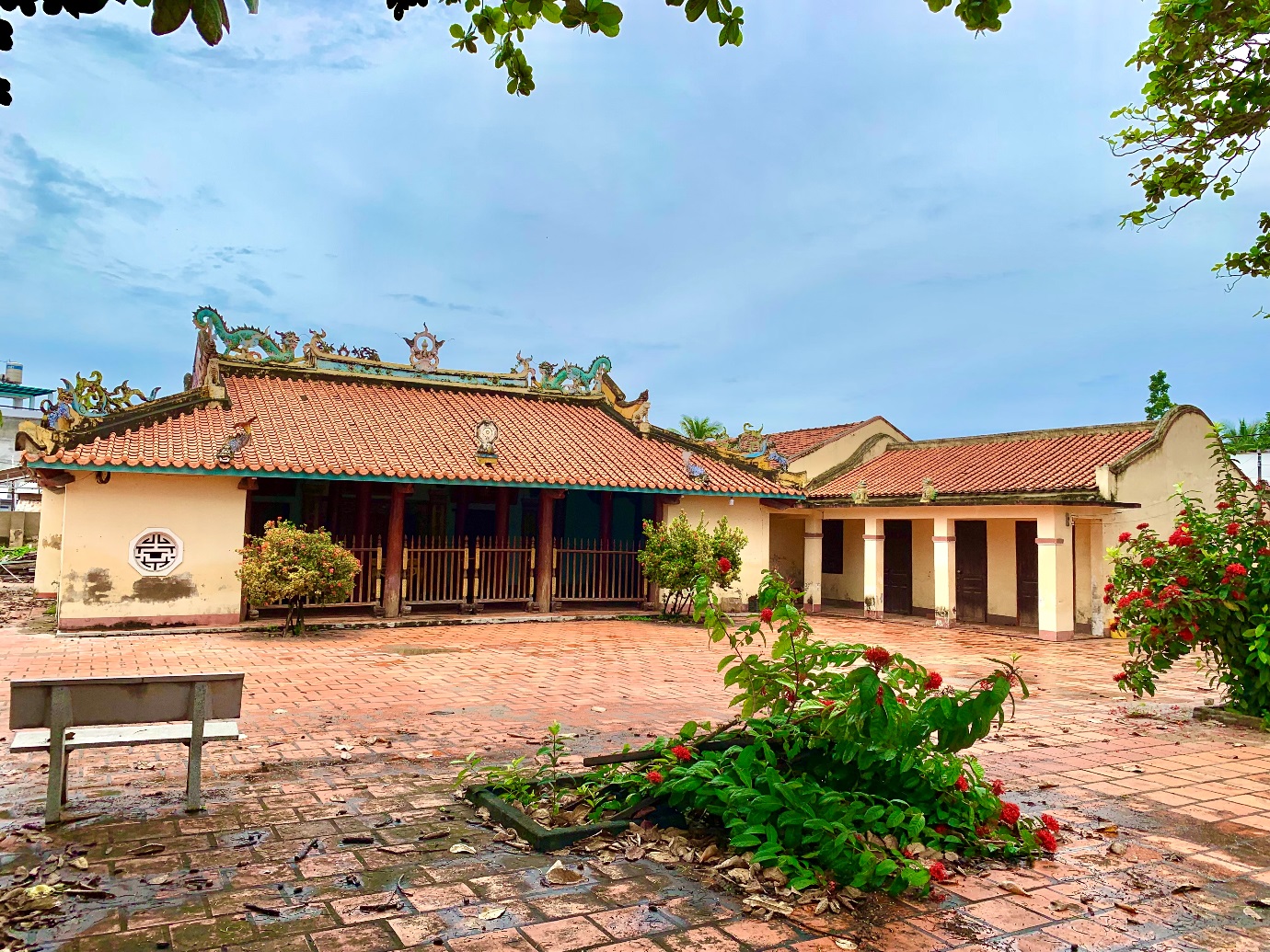
Explore the National Historical Site - Dac Nhon Communal House in Ninh Thuan
The special feature of Dac Nhon Communal House lies not only in the architecture but also in the deity worshiped. King Po Klong Garai, who had great contributions in "draining water into the fields," brought a prosperous and prosperous life to the people, and was respected and remembered by the people.
Since the Nguyen Dynasty, Dac Nhon Communal House has been awarded eight titles from kings such as Minh Mang, Thieu Tri, Tu Duc, Dong Khanh, Duy Tan and Khai Dinh, proving the importance and sacredness of the communal house. In 1999, the communal house was recognized by the Ministry of Culture, Sports and Tourism as a National Historical Site, affirming the unique cultural and historical value of this monument.
8. Tri Thuy Village Communal House
Address: Tri Thuy village, Tri Hai commune, Ninh Hai district, Ninh Thuan
Tri Thuy village communal house was built more than 200 years ago, and is a place to worship the Thanh Hoang god - the patron god of the villagers, along with the ancestors who made public efforts to establish the village. The communal house is located on a land area of more than 3,200m² at the beginning of Tri Thuy village, with the main side facing Nai Lagoon. Around the communal house are prominent locations such as Kim Son pagoda, inter-commune road, Dinh mountain, and residential areas.
Tri Thuy Communal House is rich in cultural and historical value. This place preserves many ordinations of the Nguyen Dynasty kings, bestowed upon the Thanh Hoang. In April 2011, the communal house was recognized by the Ministry of Culture, Sports and Tourism as a national historical site.
The project includes many items such as the Tam Quan gate, the Binh Phong painting, the communal house yard, the main hall, and the East and West houses. In particular, the Main Hall is the main architecture, divided into Front and Back, exquisitely decorated with altars, parallel sentences and ancient worship objects. Tam Quan Gate has a four-pillar architecture, with parallel sentences engraved on the pillars praising the sacred land, bringing blessings to the villagers.
9. Ninh Thuan Museum
Address: April Sixteen Square, Tan Tai Ward, Phan Rang - Thap Cham City.
Ninh Thuan Museum, inaugurated in 2012, is a unique architectural work that harmoniously combines traditional and modern features. Located in the center of Phan Rang - Thap Cham city, the museum symbolizes the desire for development with a design like sails reaching out to the ocean. From a high perspective, the museum appears like a sturdy pyramid, making a strong impression on visitors.
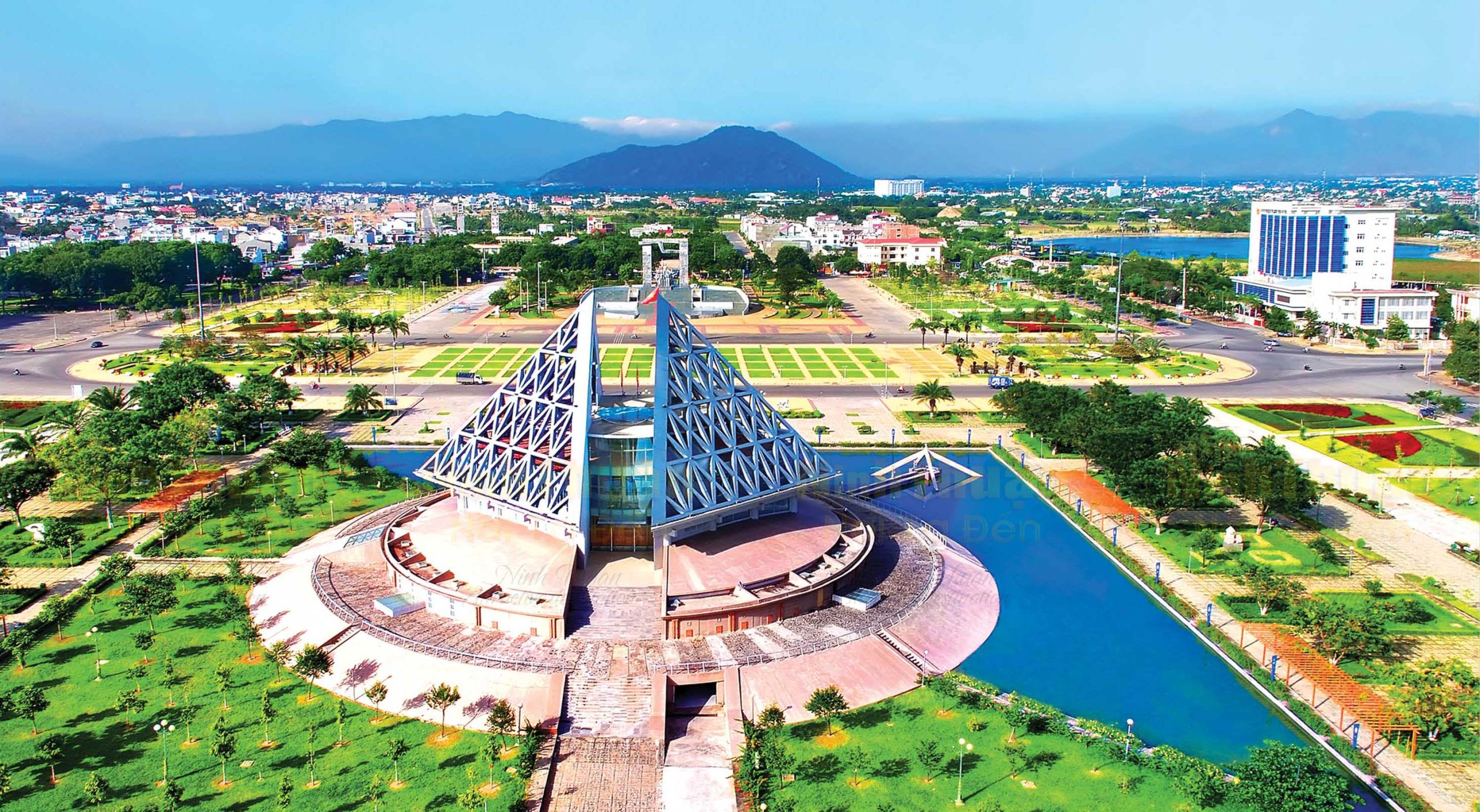
Ninh Thuan Museum - A place to preserve cultural history
Inside the museum consists of 4 floors, displaying more than 38,000 precious artifacts recreating unique historical and cultural periods of Ninh Thuan. Highlights are artifacts belonging to the Sa Huynh Champa culture and vivid documents about the cultural life of the Cham people. Visitors can also admire ancient ceramics, traditional textile looms, and many artifacts bearing the mark of resistance history such as alarm drums of the Raglai people or Ninh Thuan revolutionary newspapers.
In addition to historical exploration, the museum also opens a journey to learn about unique customs such as the Grave Leaving Ceremony, the Eating New Rice Ceremony or the traditional wedding ceremony of the Cham people. The exhibition space is scientifically designed, creating favorable conditions for visitors to freely explore or participate in in-depth guided tours.
Ninh Thuan Museum is not only a place to preserve cultural memories but also an interesting destination, helping you understand more deeply about this land rich in tradition. Once you visit, you will love this land and its people more.
>> learn: Suggested 10 interesting and beautiful summer tourist destinations in Vietnam
10. National revolutionary historical relic Pi Nang Tac Stone Trap
Address: Phuoc Binh commune, Bac Ai district, Ninh Thuan.
Pi Nang Tac stone trap, also known as "Bac Ai stone trap," is located on the slopes of Gia Tuc mountain in Phuoc Binh commune, Bac Ai district. This is a relic associated with the heroic victory of armed force hero Pi Nang Tac and Raglai guerrilla militia.
At the end of 1959, taking advantage of the dangerous terrain of Gia Tuc Pass, Pi Nang Tac set up 17 continuous stone traps along a 500-meter stretch of road, combined with spikes, traps and poisoned bows. On August 10, 1961, he commanded the militia and guerrillas to simultaneously activate traps, causing a series of rocks to fall from the cliff, killing more than 100 enemies. This battle not only caused heavy losses to the enemy but also demonstrated the art of people's war with rudimentary but effective weapons.
The Pi Nang Tac Stone Trap is an eloquent testament to the creativity and tenacious will of the Raglai people during the resistance war. This feat has become the pride of the local people, marking the history of Ninh Thuan. To commemorate, the Ninh Thuan Provincial Museum erected a memorial stele at Gia Tuc Pass, and this place was recognized as a National Revolutionary Historical Site on August 31, 1992.
Today, Pi Nang Tac Stone Trap is not only a sightseeing destination but also a place to educate historical traditions for the young generation. More than 60 years have passed, the traces of stone traps still exist, telling the story of the courage, wisdom and determination to win of Ninh Thuan's army and people.
11. Ca Du Mountain
Address: Ninh Hai district, Ninh Thuan province.
Ca Du Mountain is like a giant telescope, providing a wonderful panoramic view of Phan Rang - Thap Cham city. From here, visitors can see attractive destinations such as Ninh Chu beach, Phuong Cuu salt fields and Da Chong mountain in the distance. However, the journey to conquer the mountain is not easy, with dangerous terrain, steep rocky slopes and piled up large and small rocks.
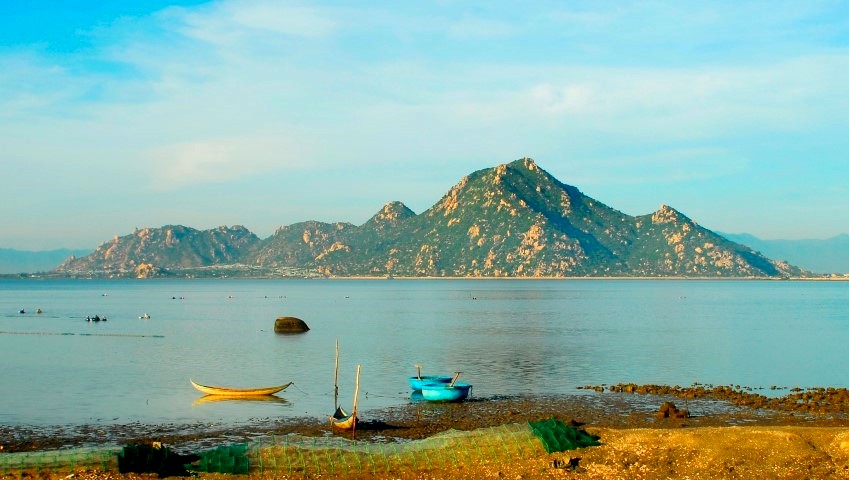
Admire the beauty of the historical revolutionary relic of Ca Du Mountain in Ninh Thuan
Despite its difficulties, Ca Du Mountain contains many interesting caves and was once a hiding place for revolutionary soldiers during the resistance war. When standing on the top of the mountain, visitors will enjoy an overwhelmingly beautiful landscape. At the foot of the mountain are lush green rice fields. During harvest time, they turn into a brilliant golden sea.
12. Xom Banh Temple
Address: on Quarter 1, Dai Son Ward, Phan Rang - Thap Cham City, Ninh Thuan
During the reign of Minh Mang, Thanh Son Hamlet (now Dai Son ward) in Van Son village, An Phuoc district, Binh Thuan province, residents built a small temple to worship the goddess Thien Y - A Na (Lord Ngoc). ), meets the religious needs of the community. The temple's literal name is Thanh Son Temple but it is often called Xom Banh Temple. Initially it was just a small temple, but in the 14th year of Thanh Thai, the temple was moved to its current location and built more spaciously, remaining the same until now.
Xom Banh Temple is located in a densely populated residential area, on an area of 4629m², surrounded by solid limestone walls. The temple has two gates, the front gate (Nghi Mon) facing South and the back gate facing North. Nghi Mon has a small house-like structure with six lime mortar pillars, supporting the yin and yang tile roof, the two ends of the roof are covered with twisted rattan patterns, shaped like a boat.
On both sides of the yard are temples worshiping the mountain gods and the five elements. The interior of the temple is built on a grand scale with elaborate carvings, with rich themes such as four sacred animals, eight animals, flowers, birds, animals, along with ribbons of flowers, horizontal panels, parallel sentences, red heads, trap head... Every detail shows the meticulousness and diligence of the artisan.
13. Dinh Van Son
Address: Van Son village, Van Hai commune, Phan Rang-Thap Cham town, Ninh Thuan province.
Van Son Communal House is a valuable architectural work of art, associated with the spiritual life and cultural activities of the local community. The communal house is located in an area with a semicircular lotus pond in front, behind is Ca Du mountain and surrounded by fields, fields and houses. Built on flat land, the communal house stands out with its brilliant architecture, easily recognizable from afar.
The Tam Quan gate leads to the brick yard, where the main hall is located. In front of the court is a Banh Phong painting, on the right is a temple worshiping Son Than, on the left is an temple worshiping Tho Dia. Tien Hien's house is in the west, Group's house is in the east of the main hall, connected to each other through side doors leading to the auxiliary structures behind the communal house. The West House and East House form a closed building with the Back yard, while the Main Hall, Tien Hien and Group share a Front yard. The communal house is surrounded by limestone walls, creating a solid space, protecting the works inside.

Van Son Communal House - 130-year-old ancient communal house in Ninh Thuan
Besides, the communal house's grounds are also embellished with many ancient trees, especially two large almond trees that provide shade all year round. Van Son Communal House is not only a place of worship, but also imbued with feng shui values, with the element "Huyen Vu" expressed through the way plants are planted and the space is arranged.
Dinh Van Son's architecture has a harmonious combination of square houses, following the principle of symmetry, creating a solid and healthy look. Although the architectural units have similar construction techniques, their heights and sizes are different, making the communal house soft and soaring.
The carvings in the communal house carry rich themes such as "Four Spirits", "Eight Immortals", "Dragon", "Eight Treasures" with exquisite details, demonstrating the skillful talent of the artisans. In particular, improvisation and stylization in carving have created creative works of art that do not follow fixed patterns.
Since its construction, Dinh Van Son has undergone many renovations and historical changes. Although there are parts that have been degraded, especially in the period from 1975 to 1986, the communal house still retains most of the original architecture, especially the Tam Quan gate, the main hall and the main buildings. These works still reflect the respect and cultural values of the community through each generation.
Above is an article summarizing famous historical relics in Ninh Thuan for everyone to explore if they have the opportunity to visit. Each relic has its own historical value for you to explore. Hopefully, this information will help you on your exciting discovery trip!
Ninh Thuan
8324 view
Update day
: 03/12/2024
63S Travel
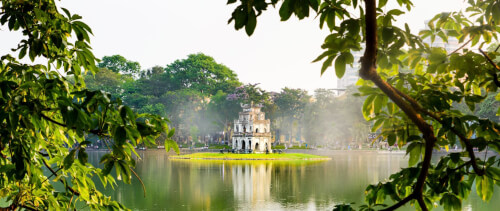 Hanoi (7)
Hanoi (7)
 Lao Cai (1)
Lao Cai (1)
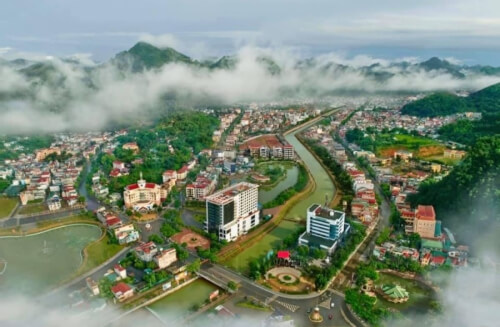 Son La (2)
Son La (2)
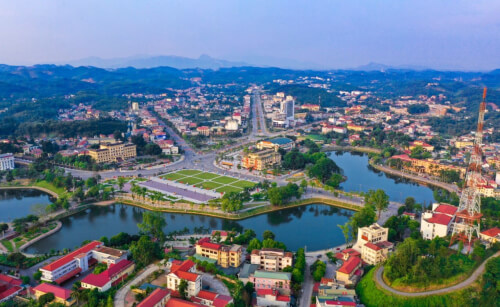 Yen Bai (1)
Yen Bai (1)
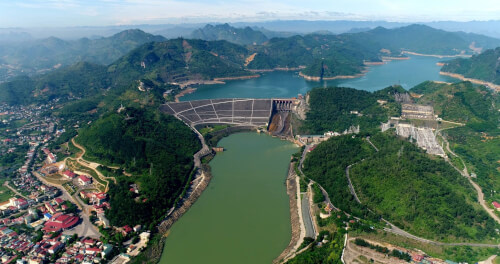 Hoa Binh (1)
Hoa Binh (1)
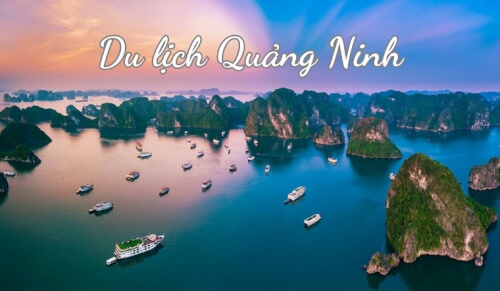 Quang Ninh (18)
Quang Ninh (18)
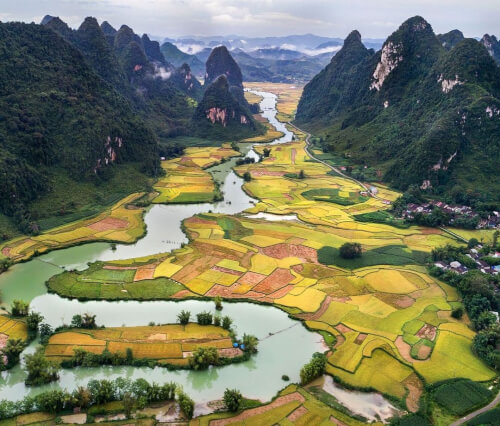 Ninh Binh (1)
Ninh Binh (1)
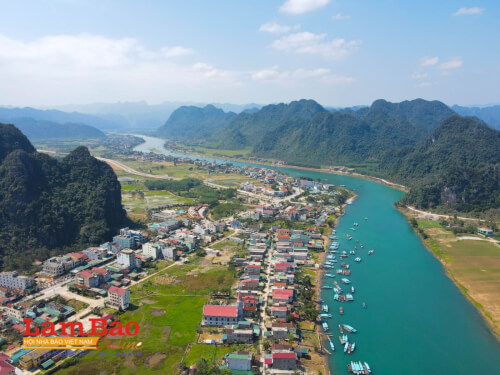 Quang Binh (2)
Quang Binh (2)
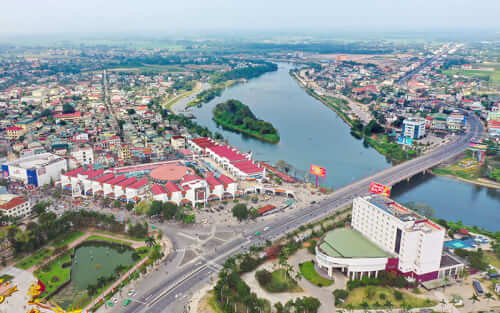 Quang Tri (1)
Quang Tri (1)
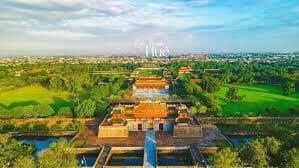 Hue (17)
Hue (17)
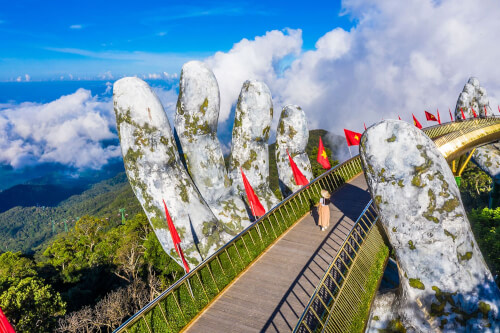 Da Nang (24)
Da Nang (24)
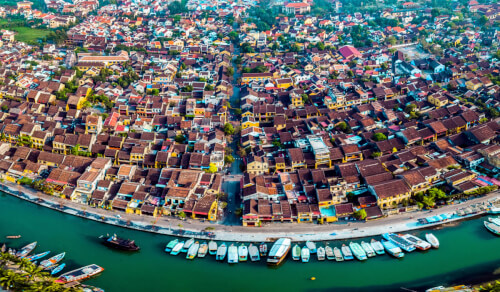 Quang Nam (16)
Quang Nam (16)
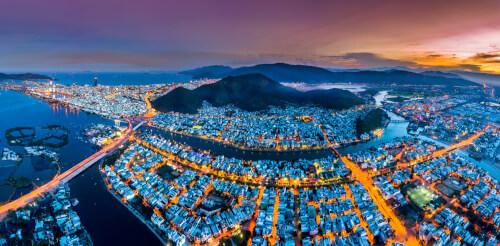 Binh Dinh (1)
Binh Dinh (1)
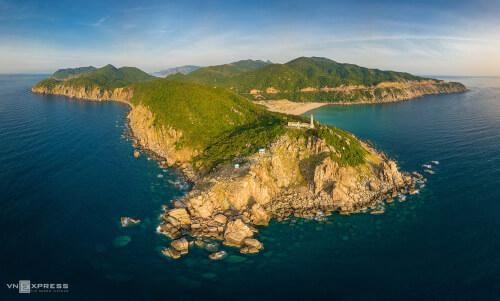 Phu Yen (1)
Phu Yen (1)
 Khanh Hoa (12)
Khanh Hoa (12)
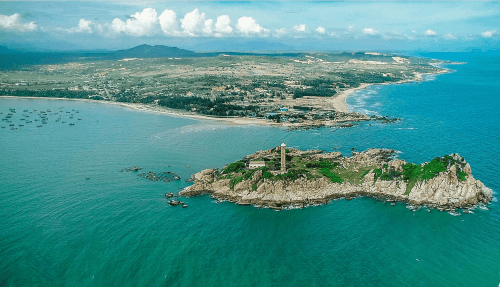 Binh Thuan (1)
Binh Thuan (1)
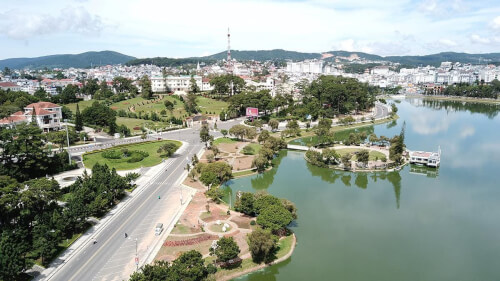 Lam Dong (7)
Lam Dong (7)
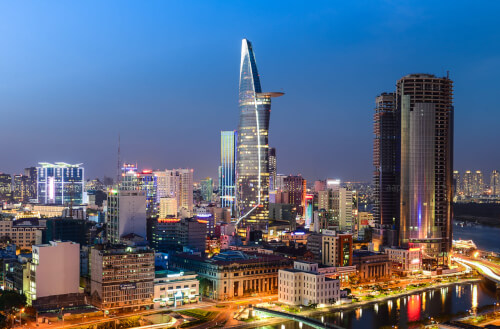 Ho Chi Minh City (3)
Ho Chi Minh City (3)
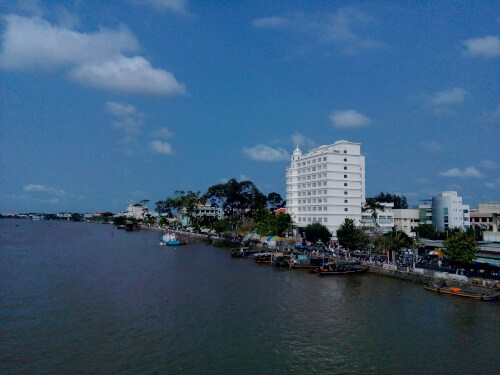 Ben tre (3)
Ben tre (3)
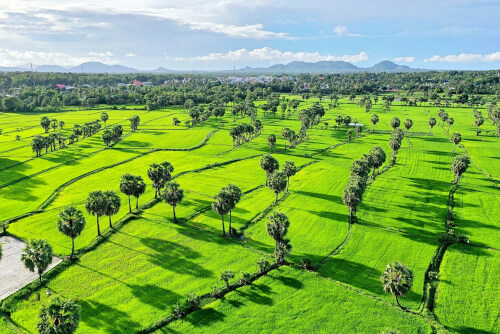 An Giang (1)
An Giang (1)
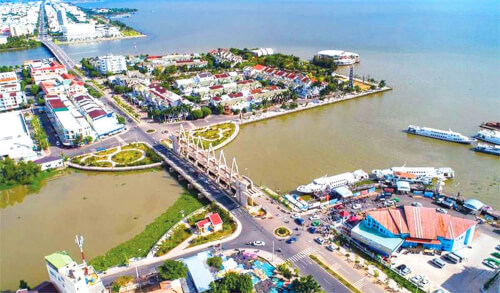 Kien Giang (4)
Kien Giang (4)
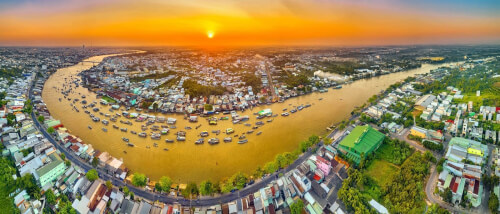 Can Tho (3)
Can Tho (3)
 Foreign (3)
Foreign (3)

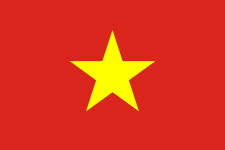 vn
vn en
en ja
ja ko
ko zh
zh


















